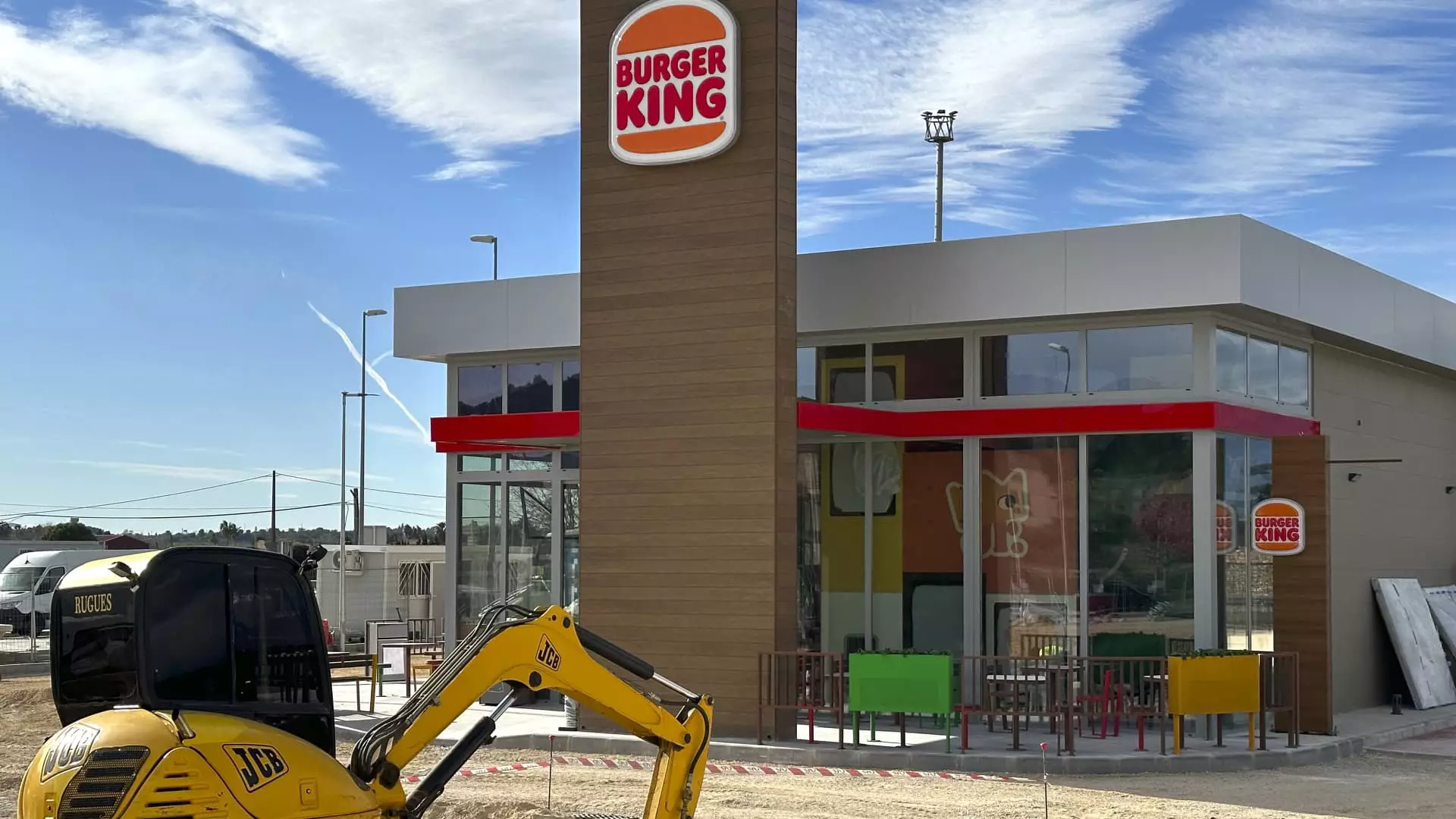On Tuesday, Restaurant Brands International (RBI) unveiled their quarterly earnings, revealing results that fell short of analysts’ expectations. The disappointment stemmed primarily from the company’s four key chains, which collectively underperformed in terms of domestic same-store sales growth. The Q3 earnings report highlighted an adjusted earnings per share of 93 cents, slightly below the anticipated 95 cents, while total revenue was reported at $2.29 billion, just shy of the expected $2.31 billion. This analysis will delve into the implications of these results, particularly concerning each brand’s performance and market dynamics.
RBI’s overall worldwide same-store sales growth was a meager 0.3% during the third quarter. A closer inspection reveals even more concerning figures for individual brands: Burger King, Firehouse Subs, and Popeyes all reported declines in same-store sales in their primary markets. This downward trend underscores a significant challenge, as consumers are increasingly tightening their belts in response to a shifting economic landscape. For instance, Burger King’s same-store sales fell 0.7%, where analysts had forecasted stability. This reflects a challenging environment for the brand, especially as it seeks to navigate significant competitive pressures in the fast-food sector.
Conversely, Popeyes, which had aimed for a 0.2% increase, instead recorded a 4% decline in same-store sales. This startling drop suggests that the chain’s recent promotional strategies, such as introducing an affordable three-piece chicken meal, may not be resonating with consumers as intended. Firehouse Subs also faced a similar fate, with a 4.8% drop, significantly worse than the predicted decline of only 0.4%. These figures signal a pressing need for each brand to reassess their target demographics and the market strategies they employ.
The struggles faced by these chains can be partially attributed to changing consumer sentiments and spending habits. Amidst a backdrop of moderating inflation, declining gas prices, and lowering interest rates, CEO Josh Kobza reported some optimism with “positive, low-single digits of same-store sales” for October. This indicates an improvement in the fourth quarter, suggesting that consumers may be becoming more comfortable spending. However, the immediate past has seen consumer spending decline across the board at restaurants—a trend that has sparked renewed price competition in the industry.
Kobza’s comments recognize that crucial economic factors are influencing customer behaviors. As disposable incomes tighten, customers might prioritize value over brand loyalty, leading to price wars among fast-food chains. RBI’s brands will need to reposition themselves effectively to appeal to budget-conscious consumers who are increasingly weighing their dining options against rising living costs.
The Performance of Tim Hortons
Tim Hortons emerged as a relative bright spot in RBI’s portfolio, reporting domestic same-store sales growth of 2.3%. Nevertheless, this figure still fell short of projections set at 4.1%. Factors contributing to the brand’s success include improved traffic and enhanced service speed. This raises an essential point regarding the broader strategy of capitalizing on customer experience to foster sales growth. It appears that while some chains are struggling, Tim Hortons may have unlocked a formula that resonates with its audience, emphasizing the importance of customer-centered innovations.
The Q3 earnings report for Restaurant Brands International raises numerous questions about the efficacy and direction of its various chains. The declining same-store sales across several brands signal critical areas for improvement in consumer engagement and competitive positioning. While the overall results were disappointing, early trends in Q4 offer some hope for recovery, particularly if enhancements in service and value offerings continue to evolve. The pressure is certainly on for RBI to reassess and implement strategic changes swiftly to capture both market share and customer loyalty amid an increasingly competitive landscape. As the company navigates this turbulent environment, its adaptability in addressing consumer needs will be pivotal in determining future success.

